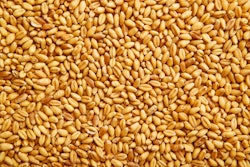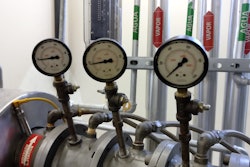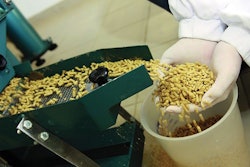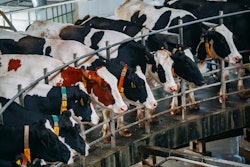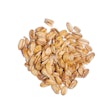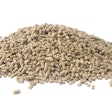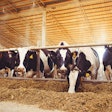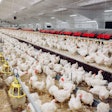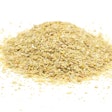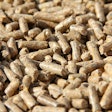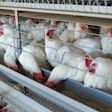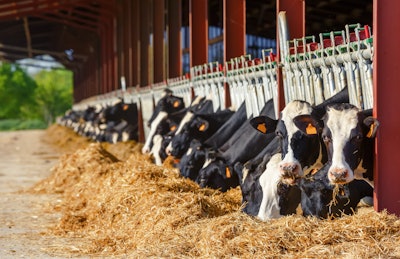
Unlike monogastrics, ruminants are equipped with a natural fermentation chamber, the rumen, that can extract nutrients from fibrous plant materials. This unique physiology means feed processing for ruminants must follow a different logic. It’s not about maximizing digestibility at all costs, but about optimizing rumen function and feed efficiency in a system that depends on microbial fermentation. Several processing techniques, when correctly applied, can significantly improve the nutritional value of feeds for ruminants. These include:
Steam flaking of cereals: Steam flaking is one of the most impactful methods for cereal grains such as corn, barley and sorghum. It involves cooking the grain with steam, followed by rolling to produce thin flakes. This increases starch gelatinization and improves ruminal and intestinal digestibility. For high-performance dairy cows and feedlot cattle, steam-flaked corn has been shown to significantly boost energy availability and milk or carcass output.
Ammoniation of low-quality roughages: Ammonia treatment of straw or low-quality hay breaks lignocellulosic bonds and improves fiber digestibility. It also increases crude protein content via non-protein nitrogen. This process makes otherwise poor forages more suitable for dry cows or low-input beef systems. While underused today, ammoniation remains a powerful tool where forage quality is limited.
Alkaline and urea treatments of grains: Urea-treated grains provide a slow-release nitrogen source that synchronizes better with energy release from starch, optimizing rumen microbial protein synthesis. This is especially beneficial in diets with high starch and low natural protein levels.
Pelleting and cubing of forages: While often dismissed as unnecessary, pelleting or cubing forages improves intake consistency and reduces sorting, especially in total mixed rations. Pelleted alfalfa, for example, ensures uniform nutrient delivery and is easier to handle and store, especially in automated systems.
Ensiling (fermentation): Silage is perhaps the oldest and most valuable processing method for ruminants. Whether corn, grass or legumes, proper ensiling increases palatability, preserves nutrients and reduces seasonal feed variability. The key lies in achieving optimal dry matter, packing density and anaerobic conditions.
Feed processing for ruminants is not about making nutrients immediately available, but about making them strategically available, matching the needs of the animal and the rhythm of rumen fermentation. Smart processing leads to healthier rumen microbes, better animal performance and, ultimately, greater farm profitability.


